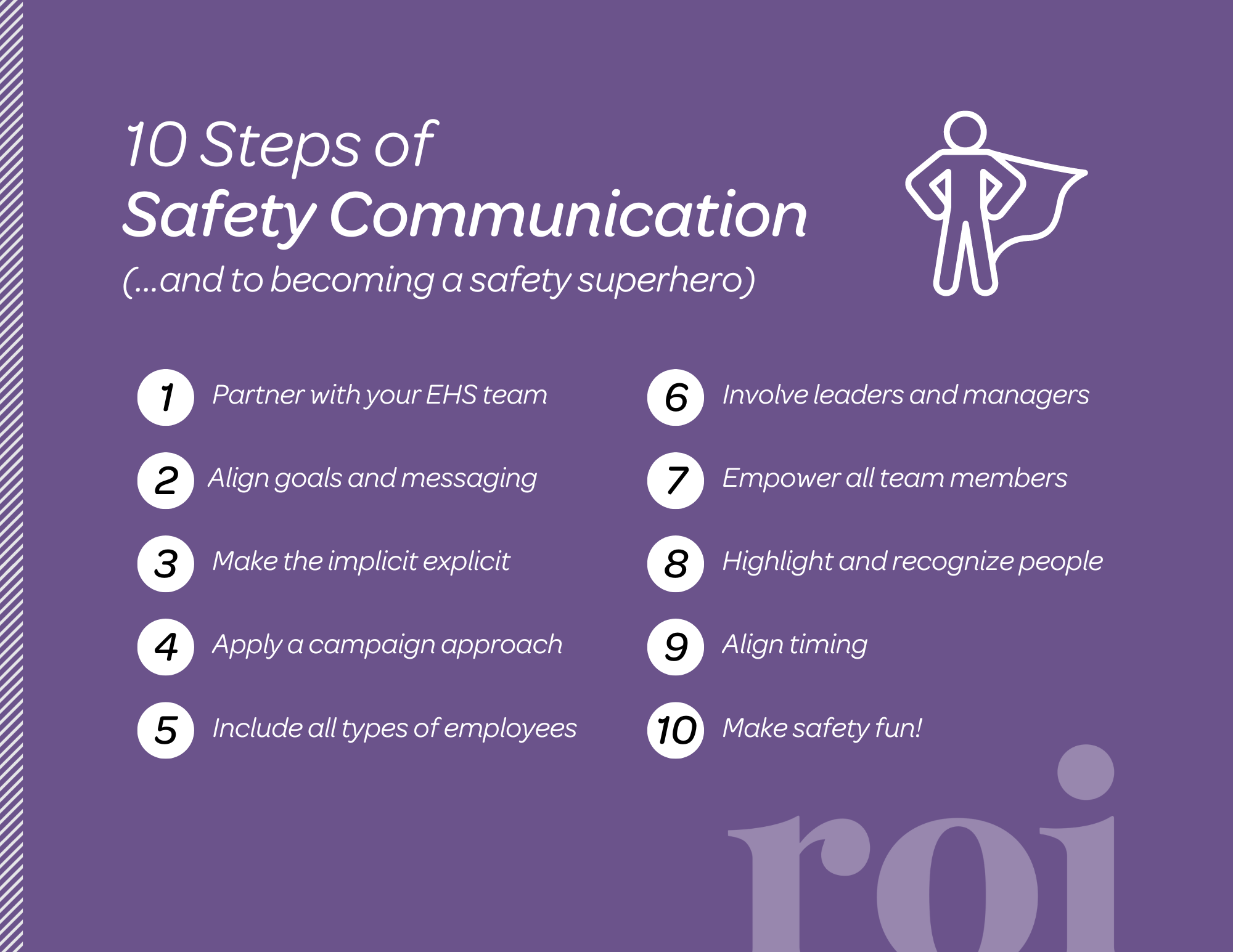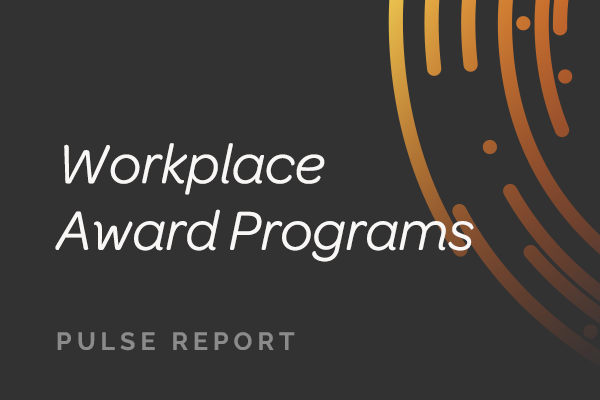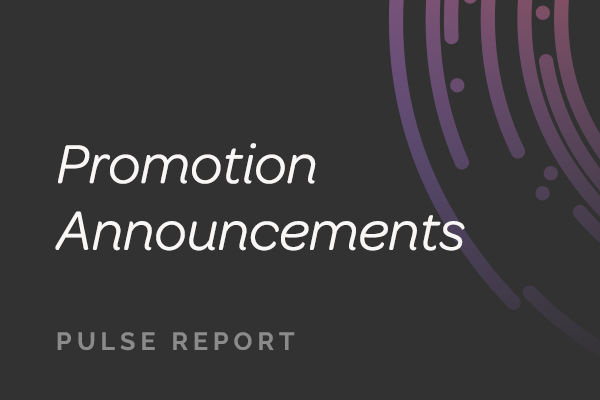
Safety Communication: Your Secret Superpower
April 26, 2023
Do you think about your safety when you’re in the office? Do you think about it more since COVID?
You’re not alone.
Personal safety has become a greater area of focus for employees in all types of work environments.
Safety was always a primary concern for employees on the front line in the manufacturing and transportation industries, but now everyone everywhere thinks about safety. Shifting perceptions have changed behavior: Many people were reluctant to return to work after the COVID shutdown until they felt safe, and companies responded to those concerns.
At ROI, we think safety communication has become an essential part of truly effective employee communication, and we’re increasing our focus on it with our clients, delivering programs for overall safety and specific threats, like COVID safety and active shooter response.
As part of World Day of Safety and Health at Work 2023, we wanted to share our thoughts and experiences, and get you thinking about safety communication in your environment.
According to The State of Employee Safety 2023 by AlertMedia, in a survey of 2,000 U.S. employees:
97%
said it was important to always feel safe at work.
81%
of employees say their safety is “extremely important” to them.
49%
think the world is more dangerous today than it was previously.
Threats identified include extreme weather, public health, technology and/or infrastructure failure, workplace violence and crime.
Employees identified improving communication about safety as the #1 way to make them feel like it’s a business priority.
How safety impacts engagement and culture
Safety is fundamental to employee engagement. People can’t (and won’t) work effectively unless they are in a safe environment. As communicators, we can’t expect employees to focus on company strategy, performance or priorities unless they feel safe enough to listen.
Why? Safety is deeply personal, and it has an emotional component. Employees know when their managers and leaders care about their safety — and when they don’t. So, when a company focuses on safety, employees feel cared for and valued. When a leader or manager clearly articulates that safety comes before speed, productivity and profitability, employees respond powerfully.
There’s a reason I’m passionate about company safety and safety communication. I was on the street one block away from the World Trade Center when it was attacked on September 11, 2001. I was lucky; I knew what to do, and I survived.
Since then, I’ve seen firsthand how effective safety communication can save lives and reduce injuries. I also know how challenging it is for people to return to work and rebuild their sense of security after a major incident — something we’re all continuing to do in the COVID era.
Why you need to focus on safety communication
More than 50% of leaders who participated in the 2022 ROI Benchmark Report said that they were focusing on employee well-being in their efforts — second only to business transformation. Safety and well-being are a core part of shifting company culture as we all rethink the future of work.
Many of us in internal communication are trying to reduce distractions for employees, less email, fewer initiatives and less noise. And communication teams already have a lot on their plate. But safety issues aren’t noise — they are perceived threats that can impact engagement and productivity, retention and satisfaction.
As communicators, we can influence people’s perception of their environment. When it comes to safety, perception is as important as reality. While you can’t make employees safer, you can improve communication, so they feel it’s a priority for your company.
Developing effective safety communication
Here are some strategies we use when developing safety programs for Fortune 100 clients.

First, partner with your EHS team. If your organization has a Safety or Environmental, Health and Safety (EHS) team, it’s likely they are already handling safety communication. When you bring your ideas and expertise to this team, they will usually love you for it, because they live to make people safer at work every day. Once you’ve made that connection, there are a few ways you can help enhance the effectiveness of any safety communication program.

Align with their goals and ensure their messaging is right. As with many of our partners, safety subject matter experts can get caught up in the details. Help them simplify their messages and language so that information and actions are clear for employees.

Make the implicit explicit. What exactly are you trying to say to people? If you want them to slow down, take their time and be careful, you need to say it out loud. You can’t assume that employees are aware of implicit messages, and they may be receiving mixed messages, as well.

Apply a campaign approach to increase awareness and raise the profile of safety across the company. It certainly helps when safety communication is engaging and visual. We recommend developing and using a consistent identity that makes safety instantly recognizable to employees.

Include all employees in your safety communication program — front line, field and corporate — with targeted messaging aligned to the specific risks in each environment. Then everyone will feel safe and valued.

Involve leaders and managers in your communication efforts and prepare them with toolkits and materials. The most important way to show that your company cares about employees is to have managers and leaders driving safety conversations and dialogue with people consistently, as often as possible.

Make sure that employees are empowered to raise and resolve safety concerns and have multiple channels for feedback and dialogue.

Capture opportunities to highlight people doing safety right using recognition.

Ensure that you align the timing of your corporate efforts with other initiatives so that you can really throw a spotlight on safety.

Make the safety conversation fun! Develop engaging safety contests and use themes and activities to keep safety top of mind and perceived as a pleasure rather than another responsibility. Getting families involved with safety conversations is another way to spread the effectiveness of a safety campaign.

When you elevate safety communication, people notice immediately. Their reaction is, “You care about me; you care about all of us.” That’s essential to enhancing safety behavior and creating a healthy and compassionate company culture — and it will have a positive impact for years to come.
Happy World Day of Safety and Health at Work 2023!
Contributors
Catherine Jordan
Vice President, Strategist
Catherine is a leading communicator with over a decade of experience helping companies transform their communications and culture. An expert at using language to develop award-winning communications programs, she lives in New Jersey where she listens to Bruce Springsteen from her century-old house on the Jersey Shore.




